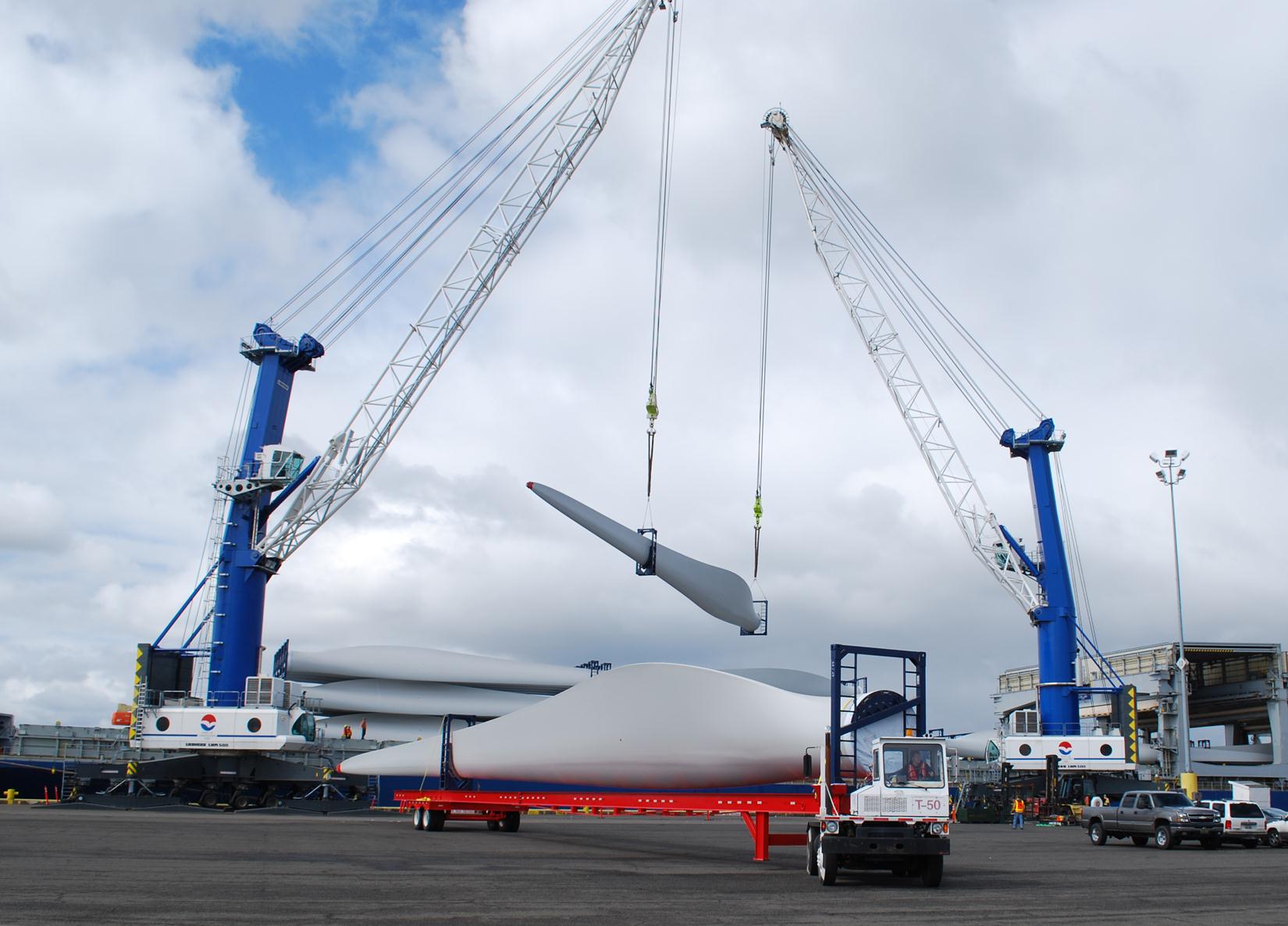A group of ports and operators from the US Pacific Northwest is looking to blaze a trail for heavy or outsize cargo to Canada and the US Midwest. They are trying to break Houston’s stranglehold on project cargo moving into these areas, despite Houston having significantly longer transits from Asia.
Moving an out-of-gauge shipment from Asia through the Columbia River to Sweet Grass in Montana, a transit point for such loads heading on north into Alberta or east to the US Midwest takes 25 days in transit time, a whopping 28 days less than routing the shipment over Houston, the Columbia River High Wide & Heavy coalition argues. On top of shaving nearly 10,000 kilometres off the distance, such a move would save a shipper about US$5 million in transit costs over the Houston route, according to the coalition.
At this point the group consists of the ports of Vancouver (Washington), Portland, Longview and Morrow, plus heavy-haul specialist Omega Morgan, the Oregon Trucking Association, Jones Stevedoring Companies and Tidewater Transportation & Terminals. According to Steve Mickelson, director of sales at the Port of Vancouver, more parties are interested in joining the initiative.
“We want to be able to compete with the Gulf [of Mexico],” he said.

The coalition proposes two routes to the interior. The first one will run north into Alberta to reach as far as Fort McMurray at the heart of the Canadian oil sands area. The second will continue east from Montana into the US Midwest as far as Duluth.
Such routes actually exist already, but only for smaller loads. The objective of the coalition is to establish a recognized corridor for loads up to 500 tons.
The route has yet to be finalized, but in the main it will follow the path taken by Omega Morgan, which has carried out a case study to document the feasibility of the project. The move saw three water purification tanks loaded on barges in Portland, offloaded to trucks in Umatilla in Oregon and moved over roads through Oregon, Idaho and Montana to the project site in Fort McMurray. The tanks were 16 feet in diameter, 90 feet long and weighed 350,000 pounds.
As the routing to the Canadian oil sands suggests, the corridor targets primarily outsize shipments for the oil and gas industry, but not entirely, Mickelson remarked.
“There are a lot of renewables coming in,” he said, adding that moving wind energy models on the corridor would be a good alternative to using the congested Canadian ports. “Usually blades and tower segments are brought in from Asia. Nacelles come in from Europe and are shipped via Duluth,” he said.
With the viability of the route proven, the biggest challenge lies in convincing shippers to send their outsize loads through the Pacific Northwest instead of Houston, the established gateway for such traffic, especially when it comes to cargo related to the oil and gas industry.
Apart from sheer habit of using an established route, shippers have been wary of moving outsize cargo on roads through the Pacific Northwest region since an incident eight years ago. Local opposition on a stretch of Highway 12 in Idaho resulted in a court ruling banning the move of four outsize loads from the port of Billings to Montana. They were supposed to be followed on the route by over 200 outsize shipments of refinery and mining equipment for Imperial Oil/Exxon Mobil, also headed to Alberta, which also were stranded because of the controversy.
Highway 12 is not part of the planned corridor from the Pacific Northwest, Mickelson said, adding that the route is not officially off limits to outsize loads today but shippers have steered clear of the route to avoid any possible risk.
Shippers have expressed interest in the proposed corridor from the Pacific Northwest, but nobody is moving forward at this point, preferring to wait and see how the initiative fares.
By Ian Putzger
Correspondent | Toronto